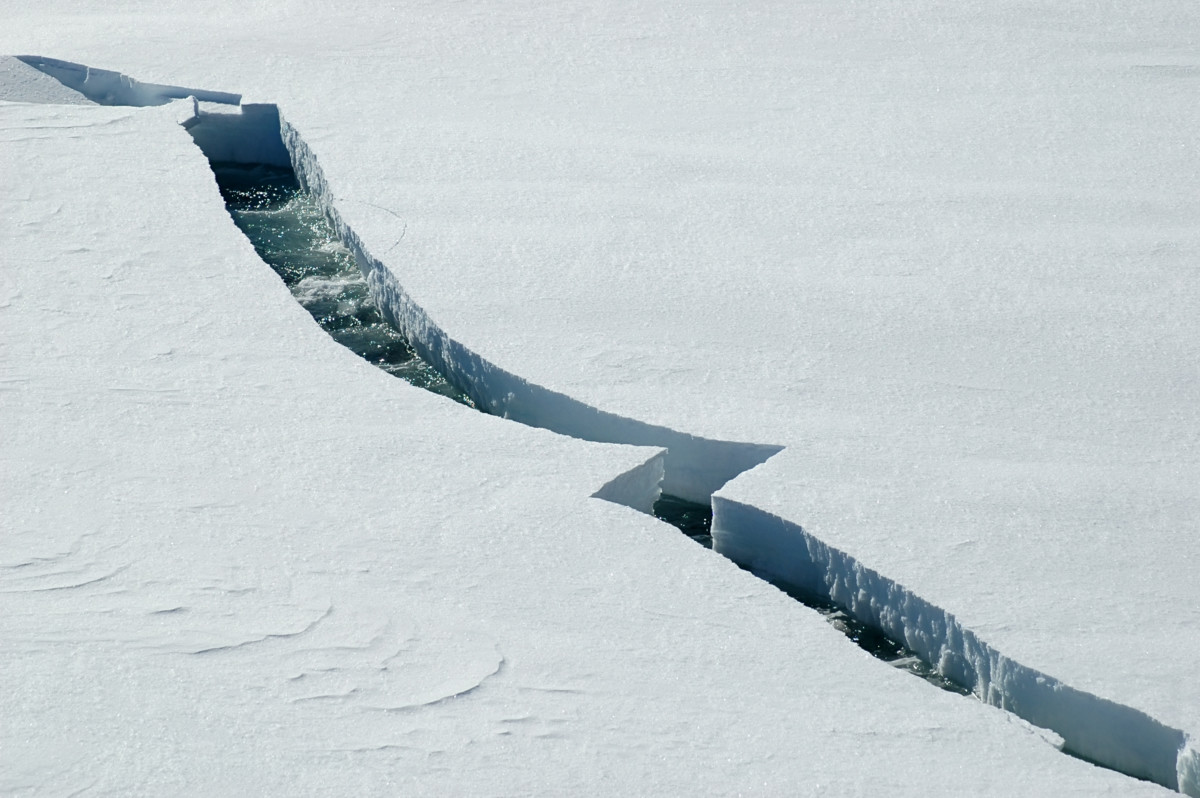Catastrophic Arctic Warming Predicted Even with Current Paris Pledges

Update & Correction
Revised UN Study Confirms Imminent Threat
Fast cuts to short-lived climate pollutants could reduce Arctic warming by two-thirds, immediate dramatic action urged
25 March 2019 - Following further consultation with global and Arctic climate experts, the UN has issued a revised version of Global Linkages–A graphic look at the changing Arctic. The revised report explains winter temperatures over the Arctic Ocean would “increase 3 to 5°C by mid-century and 5 to 9°C by late century (relative to 1986–2005 levels)” where emissions rates follow a medium-emission scenario (RCP4.5). This scenario projects global “warming of 2.4 ± 0.5°C above pre-industrial levels by 2100.” Current commitments under the Paris Agreement “imply global warming of about 3°C by 2100, with warming continuing afterwards,” according to The UNEP Emissions Gap 2018 report.
The Global Linkages report warns that avoiding further devastation to the Arctic requires fast near-term cuts in emissions, including cuts to short-lived climate pollutants (SLCPs)—black carbon, methane, tropospheric ozone, and HFCs—, concluding that “instant measures to reduce SLCPs…across the world could cut the rate of warming in the Arctic by up to two-thirds by mid-century.” The revised paragraphs in Global Linkages state:
“Some recent Arctic winters (2016 and 2018) showed extreme warm temperature anomalies as well as record lows in the winter sea ice extent (2015 to 2018) (NSIDC, 2019; Overland et al., in press). Indeed, under a medium- or high-emission scenario, projected air temperature changes for the Arctic will follow a winter warming trend more than double the rate for the northern hemisphere (AMAP, 2017a; IPCC, 2018).
“To meet the Paris Agreement target of keeping global average temperature increase well below 2°C and particularly to pursue efforts to limit it to 1.5°C above pre-industrial levels, countries need to dramatically step up their commitments to reduce GHG emissions (IPCC, 2018; UNEP, 2018). Continuing global emissions at rates of a medium-emission scenario (RCP4.5) projects global warming of 2.4 ± 0.5°C above pre-industrial levels by 2100 (Collins et al., 2013 (AR5)). At this rate of emissions, winter temperatures over the Arctic Ocean would increase 3 to 5°C by mid-century and 5 to 9°C by late century (relative to 1986–2005 levels) (AMAP, 2017a). Due to past, present and near-future greenhouse gas emissions and heat stored in the ocean, Arctic winter temperatures will follow a similar pathway under all emission scenarios until mid-century; only afterwards, projections start to substantially diverge (AMAP, 2017a).”
Global Linkages warns that accelerating Arctic warming is thawing more permafrost, which releases more CO2 and more methane. This in turn leads to more warming and thawing in a self-reinforcing feedback loop similar to the feedback loop from melting sea ice, where ice that once safely reflected incoming solar radiation back to space is replaced with darker water that absorbs more heat, which in turn melts more ice. At the current warming rate, the Arctic will be ice-free as early as the 2030s.
See also:
IGSD's Additional Background on Accelerating Rates of Global and Arctic Warming
Carbon Brief Factcheck: Is 3–5C of Arctic warming now ‘locked in’?